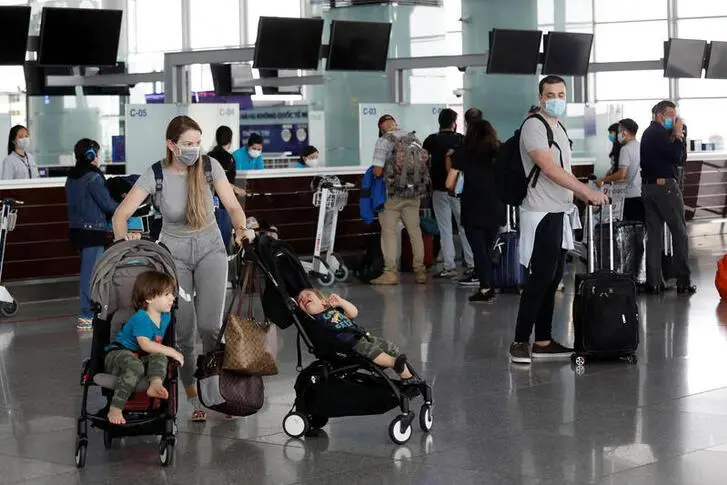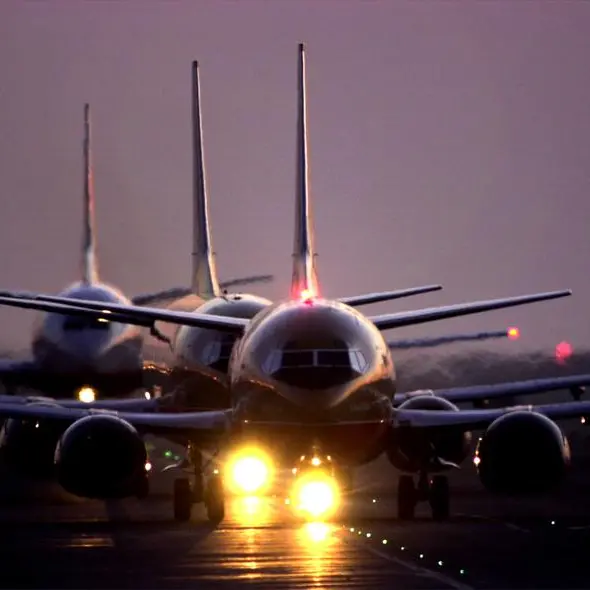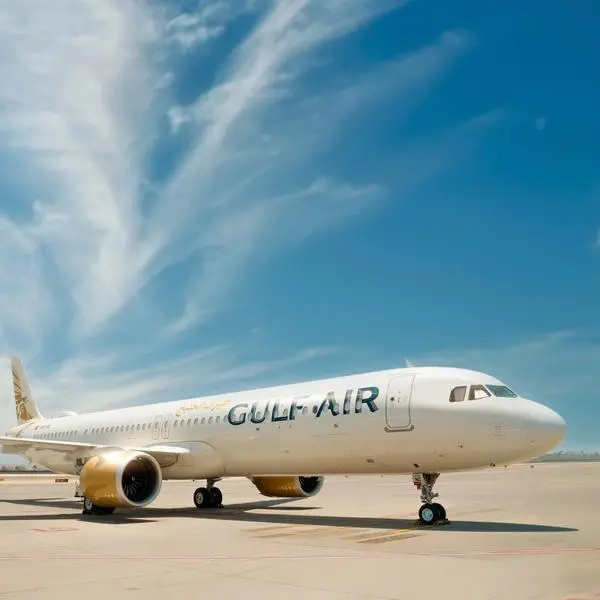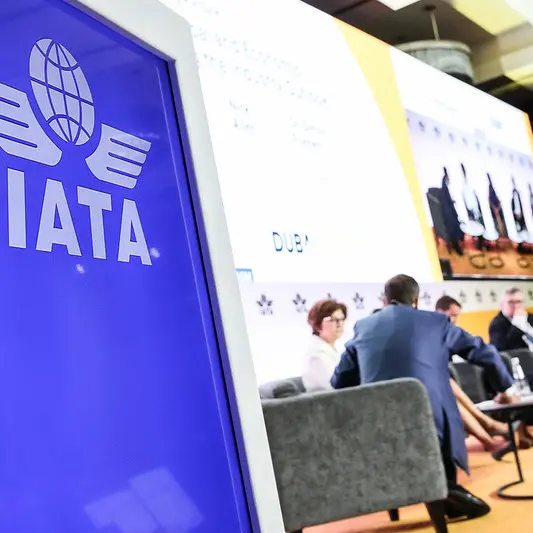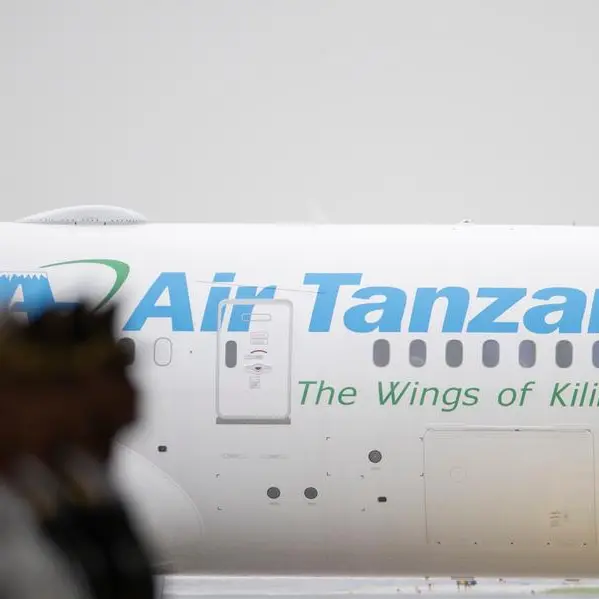PHOTO
Airports in the Middle East saw traffic improve in the second half of 2021, but they were the most impacted by the COVID-19 pandemic, according to Airports Council International (ACI) World.
The region’s passenger numbers in 2022 are also expected to remain 42.9 percent below the projected baseline and 33.7 percent lower than the levels seen in 2019, ACI World said in its latest report.
The continued reduction in passenger traffic in the region will equate to $7 billion less revenue in 2022 than the projected baseline, and $4.68 billion below 2019 levels. In 2021, revenue was down $10.79 billion on the projected baseline and $9.2 billion compared to 2019.
In total, global airports lost $83.1 billion in 2021, and are expected to lose an additional $60.8 billion in 2022, according to ACI’s latest data.
2021 traffic
The body said that traffic through the Middle East region’s airports in 2021 was down 65.9 percent on the projected baseline, and 62 percent below the 2019 level, due to its high dependence on international travel, which has recovered more slowly than domestic traffic.
The region’s airport revenues will be the second-most impacted in 2022 after Asia Pacific, where revenues will be down by 48.8 percent compared with the Middle East’s 43.2 percent.
However, in absolute terms, Asia Pacific and Europe will record the largest losses among the regions in 2022, ceding $23.1 billion and $19.5 billion, respectively, despite a significant recovery in Europe during the year, ACI said.
ACI also said that international passenger traffic globally will still remain weaker than domestic traffic in 2022, while some improvements are expected, especially in the second half of the year, when international passenger volume will be just above 2 billion people, corresponding to 53.8 percent of 2019 figures.
ACI world director general Luis Felipe de Oliveira said that on the global airport front, a turning point has been reached in terms of the COVID-19 pandemic.
“The unprecedented global vaccination effort and latest recommendation from the [World Health Organisation] that governments ease travel restrictions could jumpstart the global economic recovery and that of air transport demand,” he said.
“Countries are now introducing measures for which ACI has been advocating for months: the implementation of risk-and evidence-based approaches for a safe return of travel,” de Oliveira said.
“Despite the risks that exist, the industry remains confident that the potential for a recovery to 2019 levels within two or three years is foreseeable.”
(Reporting by Imogen Lillywhite; editing by Cleofe Maceda)
